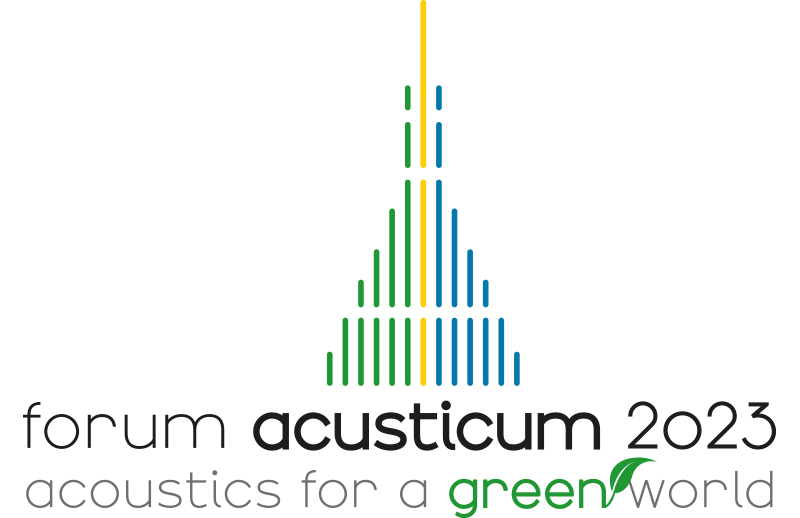

European Acoustics Association
Forum Acusticum 2023
Politecnico di Torino
Torino, Italy
September 11 - 15, 2023
 |
 |
Proceedings of the 10th Convention of the European Acoustics Association Forum Acusticum 2023 Politecnico di Torino Torino, Italy September 11 - 15, 2023 |
|
Abstract Deep learning algorithms are increasingly used in many fields outside of artificial intelligence, including bioacoustics. Among many possible applications of deep learning to bioacoustics, typical ones include call identification, species recognition, and acoustic features classification. However, the implementation of deep learning algorithms is limited as bioacoustic databases are often rather small and thus lack sufficient data to properly train neural networks. Improper training leads to problems like overfitting and lack of generalization which, in turn, affect performance. Here, we address the most common challenges that bioacousticians face when training a deep neural network in a classification task. We present and explain useful techniques such as pre-training and data augmentation, and emphasize applying them in an efficient and meaningful way to not alter distinctive features or specific stimulus features such as fundamental frequency. We present an example application of these techniques in a classification task, where we perform species identification in a database of phylogenetically distant mammals, each with a limited number of calls. We aim at developing a general framework on how to apply deep learning algorithms to small- and larger-scale bioacoustic datasets. |
||||||||||||||||||||